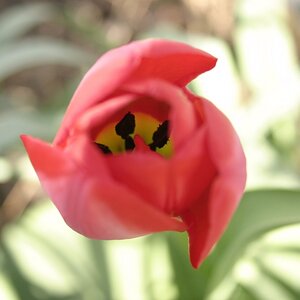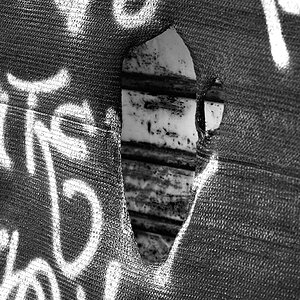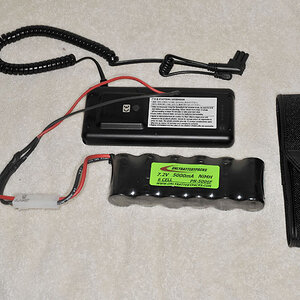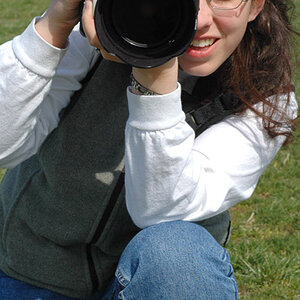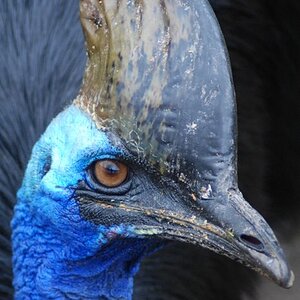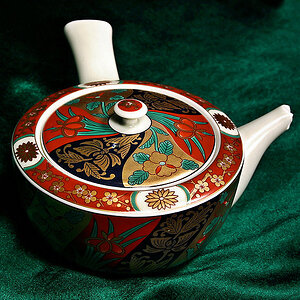Grandpa Ron
Been spending a lot of time on here!
- Joined
- Aug 9, 2018
- Messages
- 1,156
- Reaction score
- 703
- Can others edit my Photos
- Photos OK to edit
I will be the first to admit I have an "as shot bias". Perhaps I grew up at a time when B&W was the norm and color was new. So documentary type photography is as ingrained it my psyche as the 50"s and 60's rock and roll music I grew up with.
Nonetheless, Monochrome is a hard task master. I was quite disappointed with the black bird on the trellis I photographed. The bird was a black blob. So with courage born of ignorance I stepped into the world of GIMP post processing.
I had used Gimp before to adjust exposure and contrast but here a was treading into the world of filters and hues. The first figure is "as shot". The bird is lost in the background. The second shot is after a bit of diddling with post process hues and filters. I seems a bit stark to me but the bird stands out which was my intent. Also, I do have a healthier respect for those who post process.
I am curious if a green filter on the lens would have done the same?
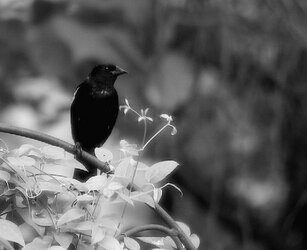
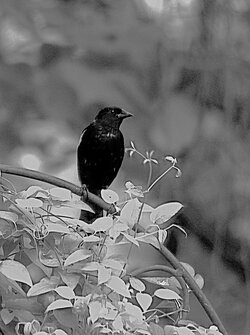
Nonetheless, Monochrome is a hard task master. I was quite disappointed with the black bird on the trellis I photographed. The bird was a black blob. So with courage born of ignorance I stepped into the world of GIMP post processing.
I had used Gimp before to adjust exposure and contrast but here a was treading into the world of filters and hues. The first figure is "as shot". The bird is lost in the background. The second shot is after a bit of diddling with post process hues and filters. I seems a bit stark to me but the bird stands out which was my intent. Also, I do have a healthier respect for those who post process.
I am curious if a green filter on the lens would have done the same?




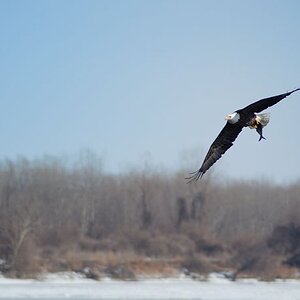
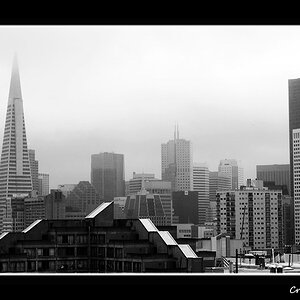
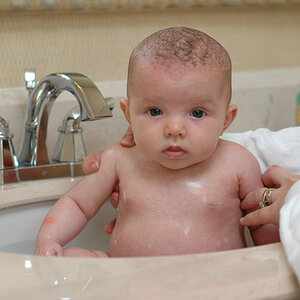
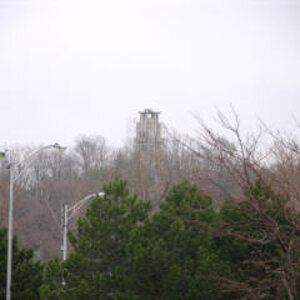
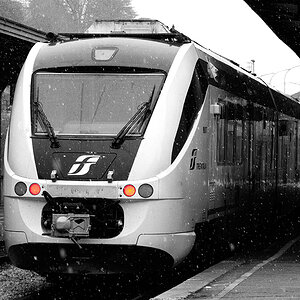
![[No title]](/data/xfmg/thumbnail/40/40308-f92e28f094216c151f3ad1fd7453c99b.jpg?1619739413)
